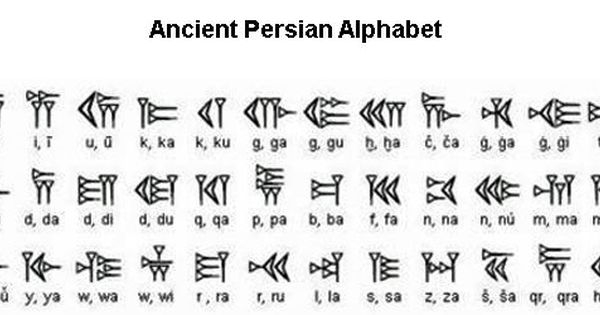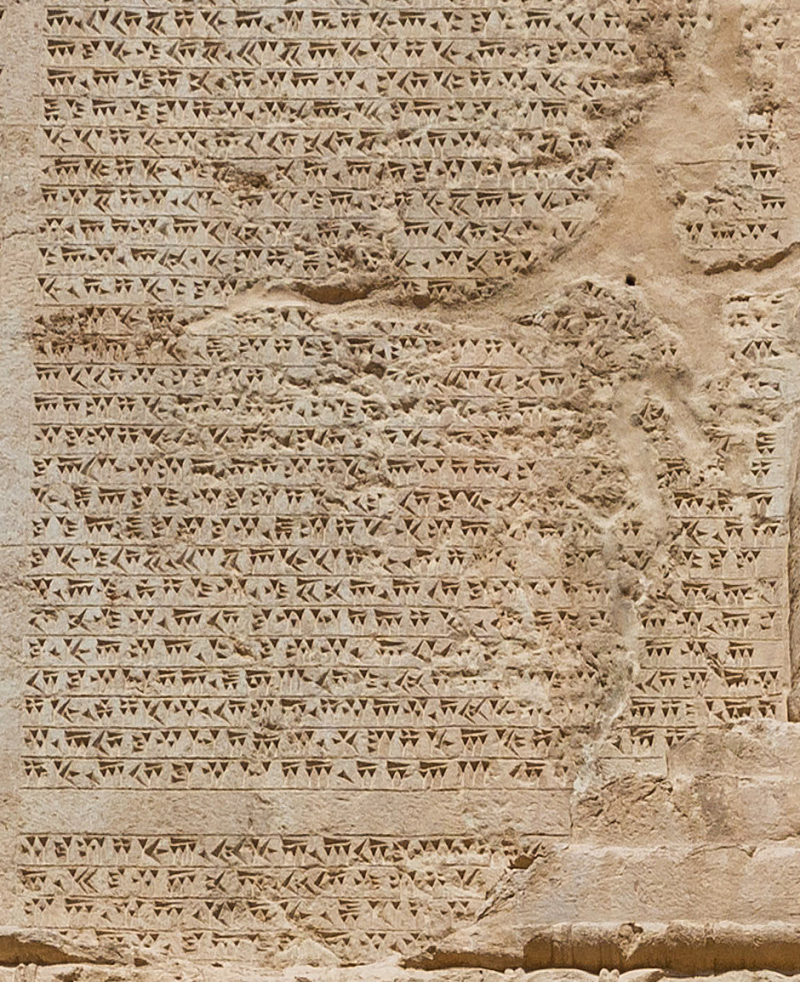Alphabets
The Achaemenid dynasty's Persian Empire rose to power in the middle of the sixth century BC and conquered Afghanistan and Mesopotamia. The Old Persian language did not directly descend from the Sumerian and Akkadian languages; rather, it formed during the early history of this kingdom. A set of basic written symbols or graphemes (also known as letters) that are standardized to represent the phonemes of specific spoken languages is known as an alphabet. A syllabary, for example, uses each character to represent a syllable, and logographic systems employ characters to represent words, morphemes, or other semantic units. This is not how all writing systems represent language.
Old Persian signs have a cuneiform appearance (in the form of wedges), but their actual shapes differ from those of signs in the earlier system that used corresponding phonetic values.
The term "logogram" is rather misleading because some logograms were also included in the Old Persian syllabary. Old Persian is a syllabic script and a fairly skeletal syllabary, with sounds like /pu/ being written using the signs pa and u rather than distinct signs. Persepolis, Susa, Hamadan, Armenia, Romania, and Kharg Island in the Suez Canal are among the locations where texts in this format have been discovered.
These carvings were created during the reigns of Darius I and his son Xerxes I. Pre-Middle Persian, a more recent dialect of the language, was employed later.













